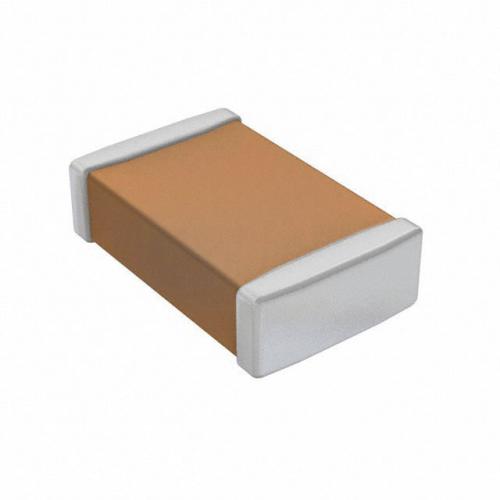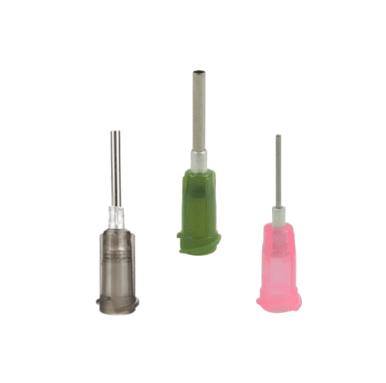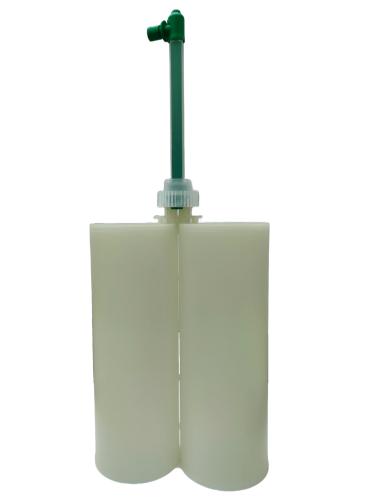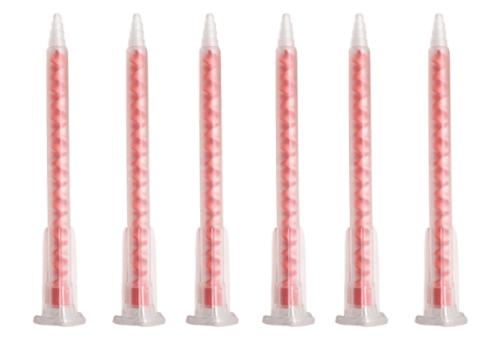The Power of Static Mixing Nozzles

Epoxy adhesives stand as stalwarts in the realm of bonding materials, revered for their strength and versatility. Central to their successful application is the intricate process of proper mixing. Enter the unsung heroes: static mixing nozzles. These unassuming components play a pivotal role in ensuring the homogeneous blending of epoxy components, revolutionizing the application process in various industries. Let’s delve into the world of static mixing nozzles and explore their significance, functioning, and advantages.
Understanding Static Mixing Nozzles:
Static mixing nozzles are ingenious devices designed to merge two or more components of epoxy adhesives seamlessly. They are engineered with internal elements—typically helical or spiral-shaped—creating a labyrinthine pathway within the nozzle. When the epoxy components pass through this maze-like structure, they undergo continuous division, folding, and recombination, ensuring thorough blending without requiring any external mixing.
How Do They Work?
The operation of static mixing nozzles hinges on their internal geometry. As the epoxy components travel through the nozzle's channels, the helical or spiral elements induce controlled turbulence, facilitating intermingling and eliminating the need for manual mixing. This process guarantees a consistent and homogenous mixture, crucial for optimal adhesive performance.
Advantages of Static Mixing Nozzles:
- Precision in Mixing: Static mixing nozzles ensure precise and consistent blending, eliminating the variability that manual mixing might introduce.
- Reduced Waste: Their efficient design minimizes material waste by ensuring thorough mixing without excess.
- Time-Saving: Eliminating the need for manual mixing streamlines the application process, saving time and enhancing productivity.
- Consistent Quality: The uniform mixture achieved by static mixing nozzles ensures consistent adhesive quality, bolstering the reliability of bonded materials.
- Versatility: These nozzles are compatible with a wide range of epoxy formulations and can be used across diverse applications.
Application Scenarios:
Static mixing nozzles find extensive application across various industries:
- Construction: Bonding structural elements like concrete, stone, or metal.
- Automotive: Securing automotive parts, panels, and components.
- Aerospace: Ensuring strong and reliable bonds in aircraft construction and repairs.
- Manufacturing: Adhering materials in manufacturing processes, ranging from electronics to furniture.
Best Practices for Using Static Mixing Nozzles:
- Choose the Right Nozzle: Select a nozzle compatible with the specific epoxy formulation and dispensing equipment.
- Optimize Flow Rate: Adjust the dispensing equipment for an optimal flow rate to maintain efficient mixing.
- Inspect Regularly: Periodically inspect the nozzles for wear, clogging, or damage, and replace them as needed to maintain consistent performance.
- Follow Manufacturer Guidelines: Adhere strictly to the manufacturer's instructions regarding storage, handling, and usage of both the epoxy and mixing nozzles.
Conclusion:
Static mixing nozzles stand as unsung champions in the world of epoxy adhesives, revolutionizing the way components are blended and applied. Their precision, efficiency, and versatility make them indispensable tools across numerous industries, ensuring strong, reliable bonds and enhancing the overall quality of bonded materials.
By understanding their functionality and employing best practices, users can harness the full potential of static mixing nozzles, elevating the efficiency and precision of their epoxy applications to new heights.







Comments